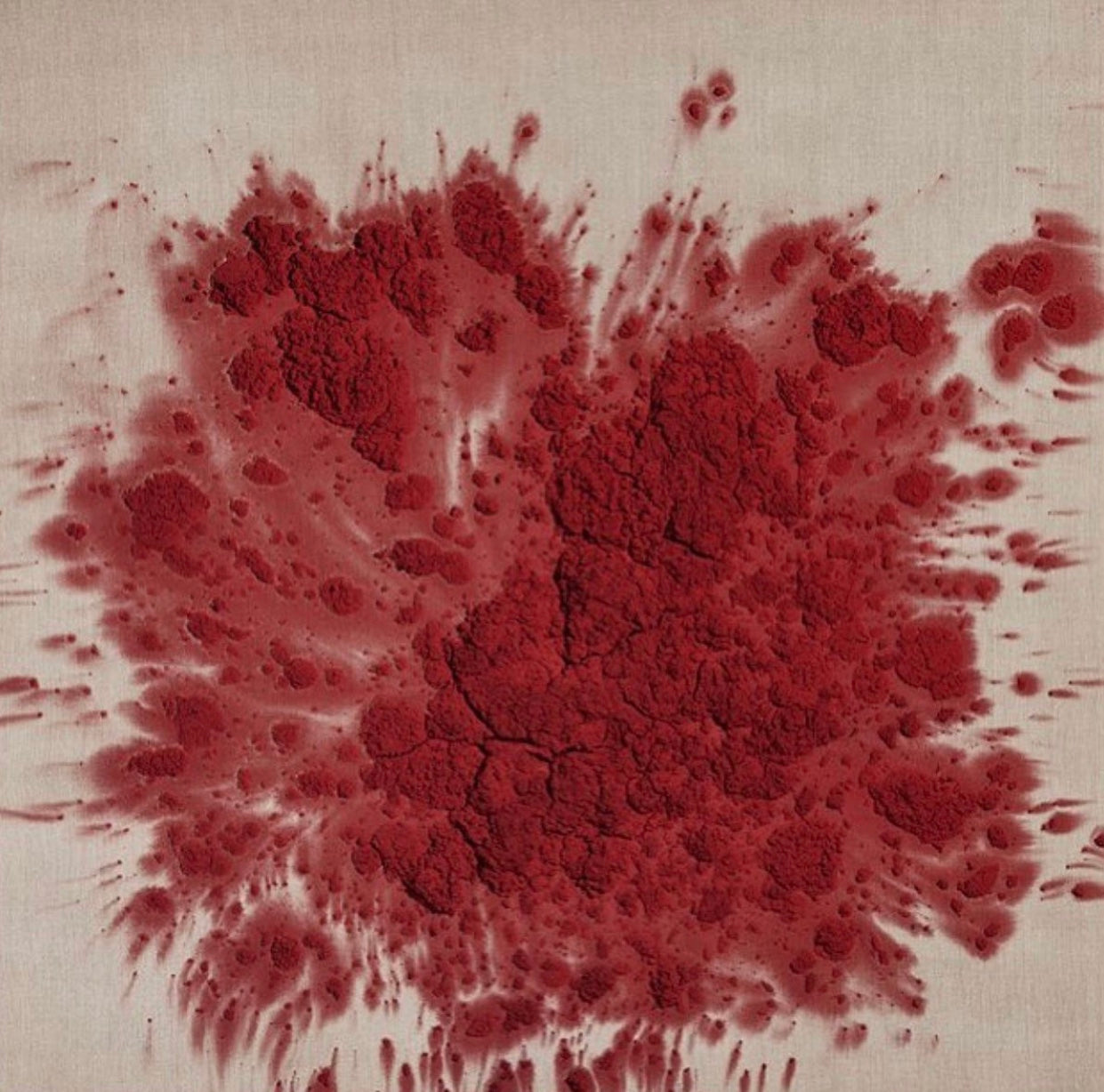SPF From The Inside Out

The sun has so many incredible health benefits, yet at the same time, too much sun exposure can seriously damage the skin. Topical sunscreen, while effective at keeping the skin from burning, doesn’t always protect against UVA rays, which are the most dangerous in terms of skin damage and cancer. Most sunscreens also contain endocrine disrupters and cancer causing chemicals and can actually block the body’s ability to produce vitamin D3.
What if there were a way to protect yourself from the sun’s UV rays from the inside out?
Astaxanthin (pronounced asta-zan-thin) may have the potential to do just that. According to recent studies, not only does it show promise in protecting skin from sun damage by acting as an internal sunscreen but it also has the incredible ability to reverse previous sun damage. It’s one of the most powerful age-defying antioxidants and effective skin nutrients you can include in your daily supplement routine.
As a member of the cartenoid family, astaxanthin packs some serious punch. Cartenoids are what give foods their vibrant colors and protects plants and organisms from damage by light or oxygen. When we consume them, they give us a similar protective benefit. Astaxanthin is by far the most powerful carotenoid and thought to be the most potent antioxidant. When it comes to fighting off free radicals, a 2007 study shows it’s 40 times more powerful than beta-carotene, 550 times more powerful than vitamin E, 800 times more powerful than CoQ10 and 6,000 times more powerful than vitamin C.
Astaxanthin is the red pigment that gives salmon and flamingos their pink color. It’s produced by microalgae as a survival mechanism to protect itself from UV radiation, intense sunlight and a lack of nutrients when its water source dries up. It serves as a “force field” to protect the algae from harsh conditions. The protective properties of astaxanthin are so strong that the algae can stay dormant for more than 40 years without food or water.
When we ingest astaxanthin, it does the same for us. It acts as a “radiation shield” protecting us from the inside out and working to reverse previous UV damage. It combats all the tell-tale signs, including, brown spots, sunburn, wrinkles, fine lines and skin cancer. In fact, studies have shown that consuming 6 milligrams of astaxanthin per day for 6-8 weeks can significantly reduce crow’s feet and reduce the size of age spots while enhancing moisture content, increasing collagen production and improving skin elasticity and texture.
There have been many studies done on astaxanthin proving just how incredible its anti-aging properties really are.
- Dr. Mercola mentions a study done in Japan in 2002 by Yamashita where “women around the age of 40 consumed 2mg astaxanthin daily for four weeks. Researchers were surprised that after only 2 weeks, almost every aspect of the women's skin had improved; after 4 weeks, there was even more improvement. Benefits included fewer fine lines, better moisture, increased skin tone and elasticity, smoother surface, fewer freckles, and less under-eye puffiness.”
- Astaxanthin is also beneficial when applied topically. In 2001, a study was performed on hairless mice to explore its topical benefits. The mice were exposed to UVB radiation for 18 weeks to simulate photo-aged skin. The mice that had astaxanthin applied to their skin demonstrated reduced wrinkles when compared to the control group, as well as younger appearing collagen. In fact, the collagen of the astaxanthin mice looked as if it had never been exposed to radiation.
- The same study also discovered that topical astaxanthin can act as an effective skin whitening agent. Astaxanthin was found to reduce melanin by 40 percent, greatly reducing freckles and age spots.
- In a study published in the International Journal of Molecular Sciences, astaxanthin not only increased collagen production but it had a a positive impact on cellular renewal as well.
One of the greatest testimonies to astaxanthin working as an internal sunscreen is Dr. Robert Child’s personal experience with it. Born and raised in Honolulu, Hawaii, he was always extremely sensitive to the sun and would burn within a half hour of sun exposure. But once Dr. Childs started taking astaxanthin, he found that he could go in the midday sun for four hours without burning. Dr. Child’s says that astaxanthin “literally changed my life, I am outdoors whenever and for as long as I like.”
Tips:
Astaxanthin is best taken at a meal with fat for optimal absorption.
Not all astaxanthin is created equally. Some astaxanthin is synthetic and a lot of brands use unhealthy additives. I personally love Pure Synergy SuperPure Astaxanthin for its pure ingredients. It’s organic, non-GMO, vegan, and gluten free.
When in the sun for an extended period of time, use a natural, non-nano zinc oxide sunscreen.
***THESE STATEMENTS HAVE NOT BEEN APPROVED OR REGULATED BY THE FDA. WE ARE NOT DOCTORS, THEREFORE ALWAYS CONSULT WITH YOUR DOCTOR FIRST.





